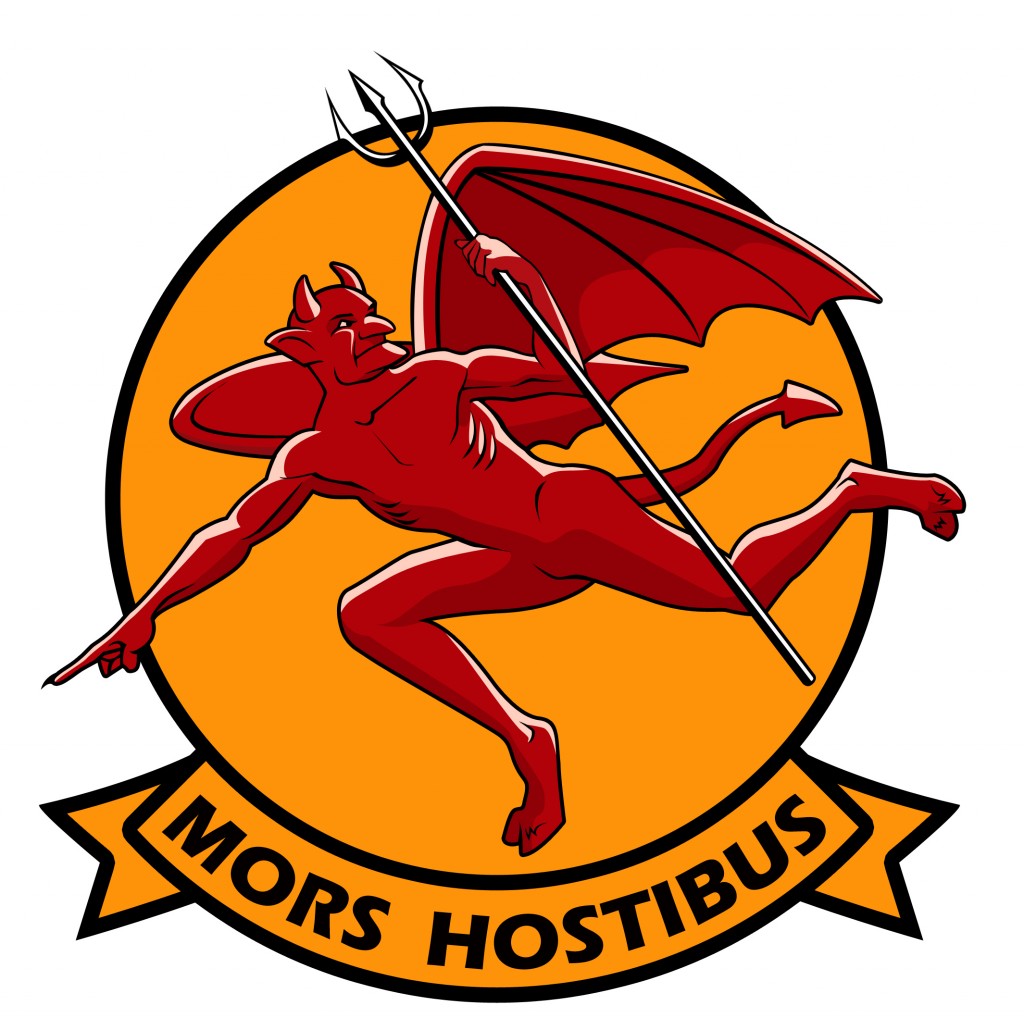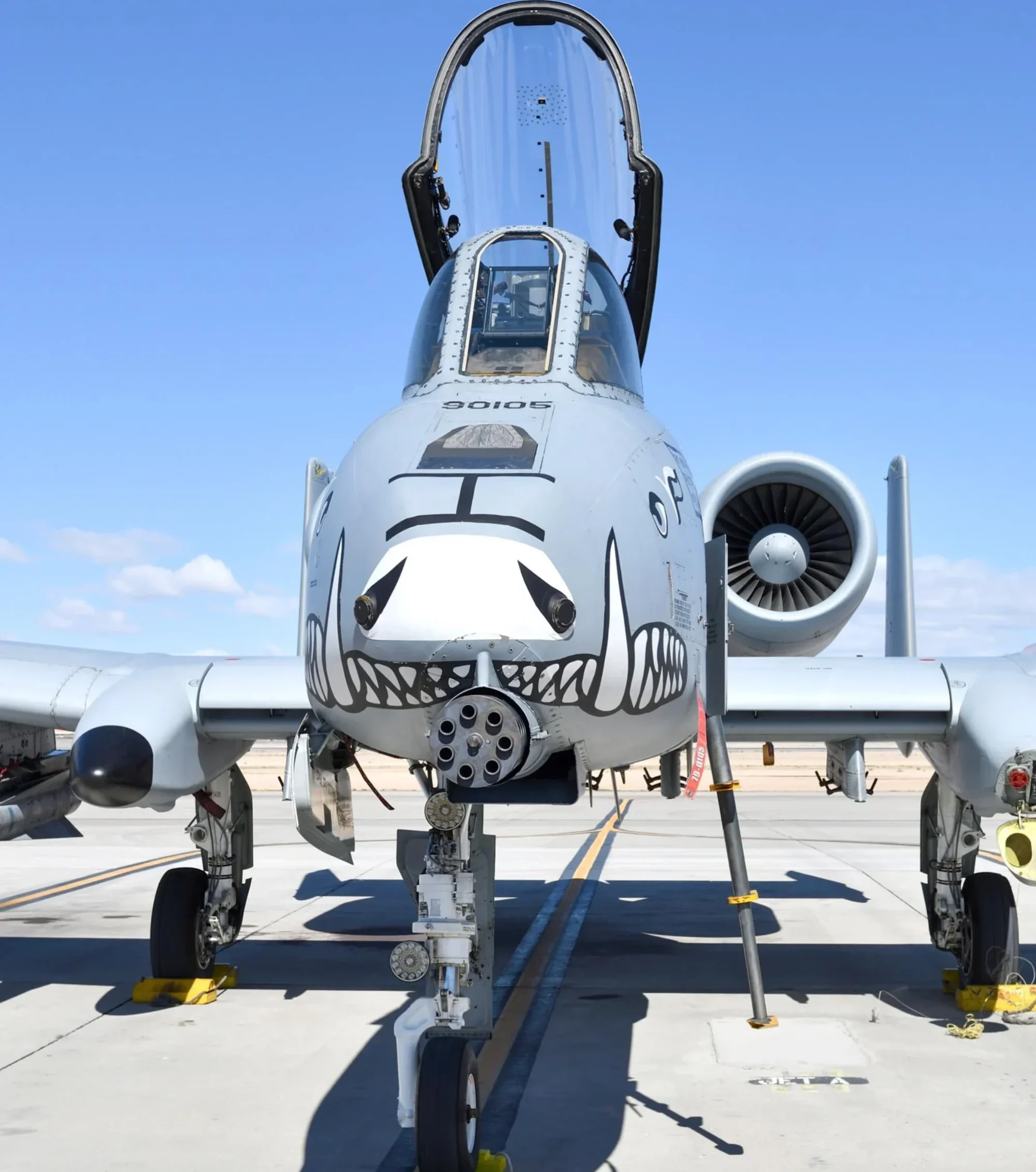
The current 107th Fighter Squadron is one of the nation’s oldest squadrons tracing it’s beginnings as the 107th Aero Squadron formed at Kelly Field, Texas in August 1917. The original squadron and its members were transferred to France as the United States entered World War I. There they performed training duties enabling allied pilots to participate in the yet to be understood art of aerial combat. After World War I, the 107th Aero Squadron was demobilized and its members were discharged from service. Michigan aviation enthusiasts began the effort to gain a National Guard flying unit in the state in 1924 meeting weekly in a Detroit garage. Federal recognition was gained in 1926 as the Michigan National Guard’s first flying unit. The 107th Observation Squadron consisted of 20 officers and 90 enlisted men and was the “Air Section” of the Michigan National Guard’s 32nd Division.
During the late 1920’s and the 1930’s, the 107th performed training with O-38B/E and O-47A observation planes and photographic equipment. The 107th was called to active duty on 15 October 1940; in 1941 it was joined by other National Guard observation units to form the 67th Observation Group. The group flew antisubmarine patrols off the East Coast of the United States from mid-December 1941 to March 1942, when it returned to Louisiana for training in fighter aircraft. The 67th Group was sent to England in August of 1942 and flew MK V Spitfires and Tiger Moths for a year until it was equipped with F-6A. These were the first P-51A Mustangs in the European Theatre of Operations and were converted for photo reconnaissance missions. The 107th was awarded the Belgian Fourragere for conspicuous action during the Battle of the Bulge in December 1944, and the Presidential Unit Citation on 7 April 1945 for successful photo mission of the French invasion coastline. On 29 September 1946, the unit was federally recognized as a Bomb Squadron (Light) with Douglas A-26.
In 1948, it became part of the newly organized Michigan Air National Guard’s 127th Fighter Group, and in 1950 converted to F-8B/C Thunder jets. Activated for the Korean conflict on 1 February 1951, it became the 127th Pilot Training Group stationed at Luke AFB, Arizona. Returning to Michigan in November 1952, the 127th was re-designated as a Fighter Bomber Group with two units at Wayne County Airport in Detroit in and one at Kellogg Field, Battle Creek, Michigan. Successive mission aircraft were the F-51H Mustang, F-86E Sabre jet, and F-89C. In 1958, it became a Tactical Recon Wing, with the Detroit units flying RF-84F Thunder flashes, and the Battle Creek unit equipped with RB-57 Canberras. Both Detroit units moved to Selfridge ANG Base in 1971 and converted to RF-101 Voodoos. In 1973, the 127th reorganized as a Tactical Air Command gained Tactical Fighter Wing. The 107th Tactical Fighter Squadron, equipped with F-100D Super Sabres, was assigned to the wing. In 1979, the 107th converted to the A-7D Corsair II tasked with fighter-bomber support of ground combat forces and defensive counter air. The year 1990 heralded the introduction of the F-16 into the unit. In recent history the 107th has served duty supporting Operation Northern Watch from Turkey, and Operation Southern Watch from Kuwait and Saudi Arabia patrolling the No-Fly zone over Iraq. In 2004 and again in 2007, the 107th deployed to Iraq in support of Operation Iraqi Freedom.
In December of 2008, the 107th transitioned to the A-10 Warthog. In 2011, the 107th was mobilized as an attack squadron to Kandahar AB, Afghanistan in support of Operation Enduring Freedom. To date, the men and women of the 127th Operations Group and 107th Fighter Squadron continue their proud heritage of expertise, dedication, and professionalism.
Please use the contact page if you have information you’d wish to update or change on this page.
